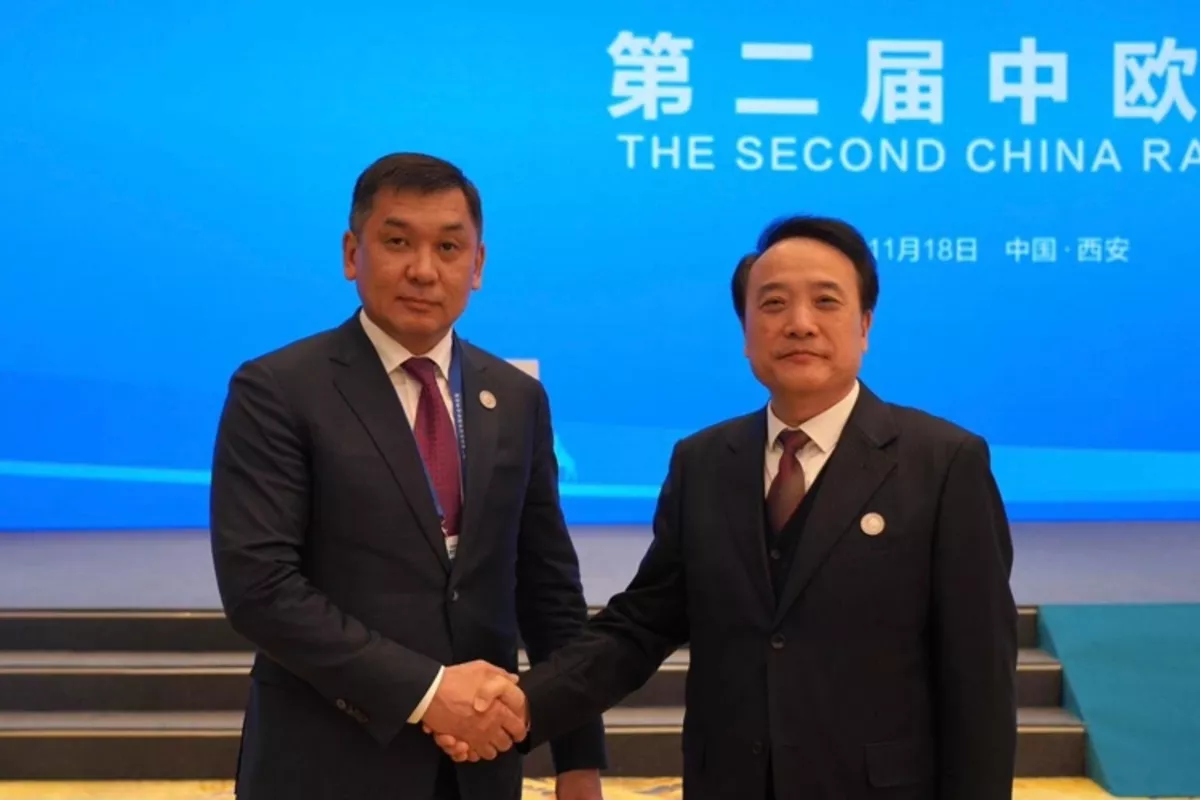
Photo: Kazakhstan Temir Zholy
As part of President Kassym-Jomart Tokayev’s directive to boost Kazakhstan’s transit potential, a delegation from Kazakhstan Temir Zholy (KTZ), led by Chairman Talgat Aldybergenov, has taken part in the second China-Europe Railway Express Cooperation Forum.
The high-profile event brought together senior officials including China’s Vice Premier Ding Xuexiang, Shaanxi Governor Zhao Gang, Chairman of the China State Railway Group Guo Zhuxue, and top representatives from more than 40 countries, The Caspian Post reports via Kazakh media.
This year’s forum placed special focus on the Trans-Caspian International Transport Route (TITR) and the growing role of rail transit in stabilizing global supply chains.
A key outcome of the forum was the signing of an agreement enabling China Railways, via CRCT, to join MIDDLE CORRIDOR MULTIMODAL Ltd., the joint venture uniting the railways of Kazakhstan, Azerbaijan, and Georgia.
In his remarks, Aldybergenov emphasized that both President Tokayev and China’s President Xi Jinping view the development of the China-Central Asia-Europe rail route as a shared strategic priority that opens new opportunities for long-term trade and economic growth.
Kazakhstan-China cargo volumes have increased more than 4.5 times over the past decade, with total freight expected to reach 35 million tons in 2025. In just the first 10 months of the year, over 29 million tons were transported-an 11 per cent increase year-on-year.
Joint logistics hubs in Lianyungang, Khorgos, Xi’an, and other regions continue to expand their capacity. Over the past 10 years, container traffic has surged fivefold, surpassing 1.4 million TEU. TITR volumes are also rising: from January to October 2025, container train traffic along the corridor grew by 12 per cent, with Xi’an becoming the top shipping hub, accounting for 46 per cent of total volume.
To meet rapidly growing demand, Kazakhstan is investing heavily in rail infrastructure. Construction and modernization of 5,000 km of track is now underway, a development expected to push border throughput capacity to 100 million tons per year in the coming years.
Share on social media